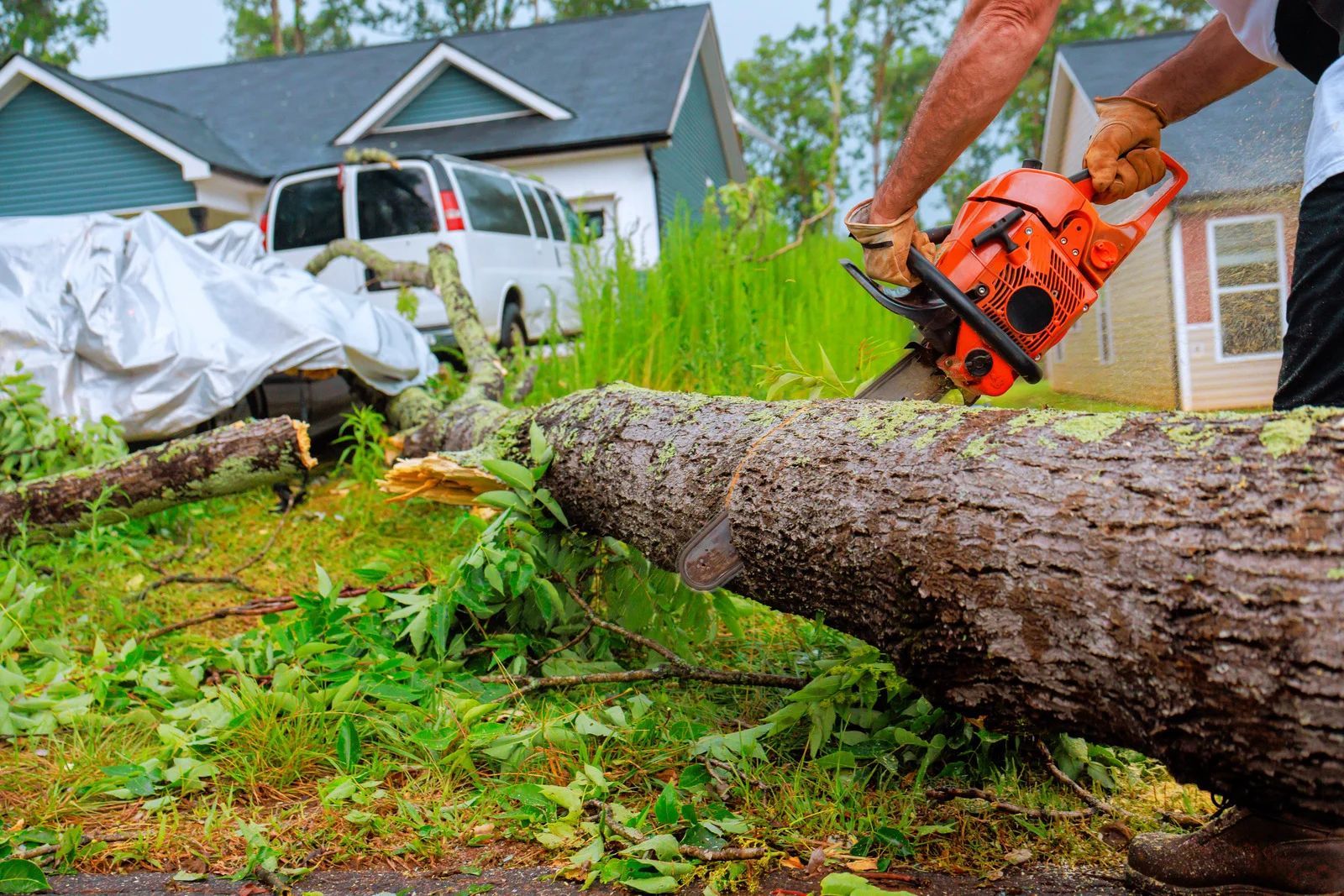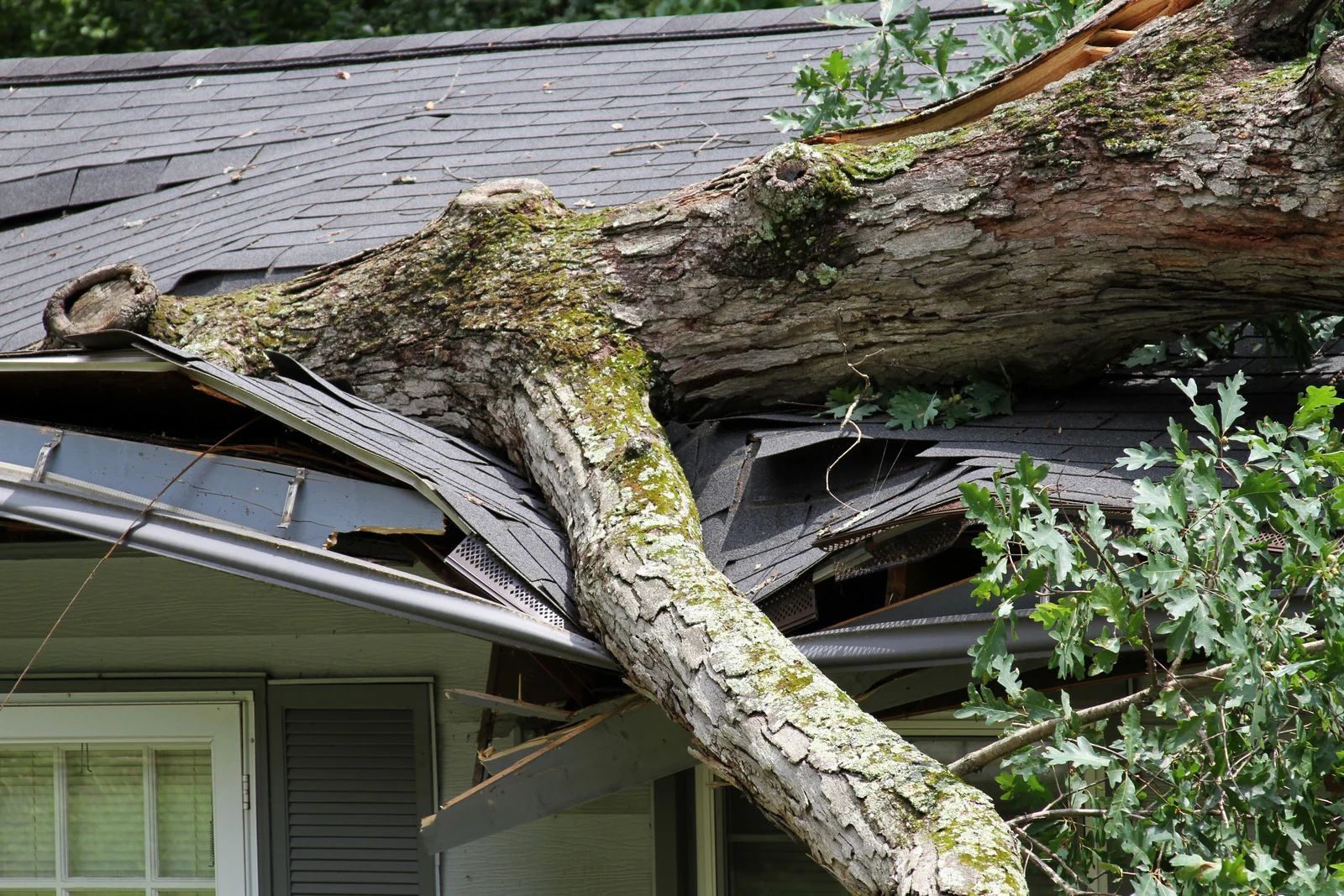Why You Should Never Top Your Trees - Especially in Portland
Tree topping, though commonly seen across residential landscapes, is one of the most damaging practices you can perform on a tree. In Portland, where our urban canopy is not only a source of beauty but also a vital part of our environmental health, topping can have long-term, detrimental effects. While it might seem like a quick fix to reduce height or remove heavy limbs, the reality is that topping does more harm than good.
What Is Tree Topping?
Tree topping involves the indiscriminate cutting of large branches or the top of a tree’s central trunk. Homeowners often choose this method to reduce shade, avoid branches growing too close to power lines, or manage trees that appear too large for their space. However, this process weakens the tree’s structure, invites disease, and creates safety hazards over time.
The Long-Term Damage Caused by Topping
When you top a tree, you are essentially removing a major portion of its canopy, which results in significant stress. This stress triggers a survival mechanism that causes the tree to produce multiple weak, fast-growing shoots near the cut. These new shoots are poorly attached and are far more likely to break off during wind, snow, or storms.
Additionally, the large open wounds left behind by topping cuts rarely heal properly. This makes the tree highly vulnerable to decay, pests, and fungal infections, often shortening its life dramatically. Portland’s damp climate only accelerates the chances of fungal invasion, turning what seemed like a “clean trim” into the first step toward tree decline.
Aesthetic and Property Value Impacts
Aside from biological harm, topping ruins a tree’s natural form. Instead of a graceful canopy, topped trees grow unsightly clumps of shoots that make the tree look disfigured. In a city like Portland, where green spaces and tree-lined streets enhance property value and neighborhood appeal, a topped tree can be an eyesore that detracts from curb appeal.
A damaged tree is also a less effective environmental partner. Topped trees provide reduced shade, diminished air purification, and less stormwater absorption. Over time, this impacts not just your property, but your community's shared ecosystem.
Proper Pruning Is the Safer, Smarter Solution
Rather than topping, professional arborists use a method called "crown reduction" or "crown thinning." These techniques involve carefully removing select branches while preserving the tree’s natural shape and health. Crown reduction achieves height control and light penetration without compromising the tree’s structure.
In Portland, where native and ornamental trees vary widely in species and growth habits, proper pruning requires skill, timing, and knowledge of tree biology. An experienced arborist will know how to cut with purpose, using the right tools and techniques that encourage healthy regrowth and long-term strength.
Trust Portland's Tree Experts for Proper Care
Topping a tree may seem like an easy fix, but it's a costly mistake that can lead to irreversible damage, liability, and eventual removal. Instead, let the professionals at Aspen Tree Service, LLC in Portland, OR, handle your tree care the right way. With 28 years of experience, we specialize in proper tree trimming techniques that preserve your trees’ beauty and safety. Whether you're managing a single backyard oak or maintaining a tree-lined property, call us today to schedule a consultation and give your trees the expert care they deserve.



